Encourage Independent Play!
Play is one of my favorite topics to read about, talk about, and think about. To me, play is the spice of life – the ingredient that makes any endeavor worthwhile, satisfying… fun.
But today, play is often tainted with boxes to check and points to score. So often teachers will say things like “they think they’re playing, but really they’re learning” to which I think: “What’s the difference?!” and further: “Why isn’t playing enough? Why does there have to be a quantifiable, measurable end”?
Play IS the point.
To me, the type of play that has a parent or teacher hovering, commenting, evaluating, praising, encouraging and of course, teaching, isn’t really play at all. Or at least not the deep flow that I’m thinking of. To me, true play is what I do, as an adult, when I’m lost in creative flow, when I’m marveling in nature, when I’m deeply absorbed in cooking or painting or writing. It’s when time is forgotten and I can be a creator, safe in the hub of my own imagination and authorship. That’s why organized sports don’t qualify as the type of play I’m thinking of here.
I believe that all children are born with the capacity, and the drive, to get lost in their imagination. To create worlds in which they are the masters and the directors, and in which they can truly find themselves. But I think that our culture is slowly knocking this type of play out of childhood and instead replacing it with “enrichment”. We’re no longer respecting time spent lost in play. and therefore, we are losing play. We feel that if they’re not being taught their shapes and colors, their ABCs… or if what they’re doing can’t be documented and evaluated, then it isn’t time well spent.
But independent play isn’t just important for children’s sense of agency, I think it’s vital for parents, too. Today, when so many of us have no help or extended family around, we need a few moments to shower, to cook, or to work. Having a child with a robust inner world is a gift to us, as well. It means they needn’t be always pacified by a screen. They can “just” play. So, rant over, and without further ado, some tips to cultivating this independent play.
- Set up the right type of playspace.
I refer you to my earlier posts about playspace design and about toys to get rid of, but the basic gist is this: passive toys encourage active play (an idea brought to us by Magda Gerber). So ditch the battery operated singing-dancing-lights-flashing extravaganza in favor of the tried and true blocks and dolls, and see that your child can create their own fascinating scenarios when they’re not being programmed to sit silently and watch. - Consider separating screens from playspace
I’m not anti-screens. In fact I think screens are a vital tool to a 21st century life. But passive watching can discourage active play, especially when a TV is on in the background, or a game is available right there. Perhaps having screens available at a separate time or in a separate space than the play area can counterbalance their allure. I still haven’t got the whole screen time figured out, but in my own children I can definitely see a link between having the option to watch a movie, and a diminished interest in play. So in our home, we have set and consistent times and places in which we use screens. - Don’t overpower your child’s play
When you yourself play with your child, remember that you are the assistant and they are the director. Do not send them the message that your ideas are better, that you can teach them, or that you will make it “more fun”, “more educational”, etc. You follow their lead as passively as possible without being disconnected or detached. This trains their muscle to take the lead in play and to be the authors, so that they aren’t reliant on your inner world, but rather on their own. And they learn that their ideas have value and are worth pursuing, and they don’t need an adult to give them direction. - Create a space where they can be alone
Make sure their play space is childproof and they are safe to be left alone. If you are constantly hovering and watching that they don’t bump their head or play with a plug, you will be interrupting their play and not allowing them into the flow of play. This will also allow you to go put in a load of laundry or take a shower, once they are immersed in play, without worrying (although best to always be within earshot and to make sure your child knows where to find you). - Have only age appropriate toys on offer
If you’re leaving them to play with a puzzle that’s simply too hard, they will inevitably seek you out because they can’t master it on their own. Then, when you come and help them, their idea that they can’t do it alone will be reinforced. Save the more difficult toys for when you’re on the floor with them, but when you – and they – are in for some independent play, make sure they can manage the toys or activities without you. A bit of help here and there is absolutely fine. A lot of help is fine, too! But if you want to encourage longer stretched of independent play, they also need to have interesting activities or toys that don’t need your assistance. (see toys I love here) - Examine your expectations
If you think your child doesn’t know how, or is uninterested in playing on their own, you are probably communicating that through your tone of voice, your body language, and the way you set up your space. Our expectations often become self fulfilling prophecies. So try to actively cultivate a sense of trust in your child’s competency and agency. I believe all children have a robust inner world if they’re given the opportunity to develop it. - Consider keeping them close to you
Many children cannot immerse themselves in play unless they feel secure that their caregiver is within earshot or even in sight. The idea isn’t for children to be alone. It’s for their play to be left alone. So, despite what I said in number 4, consider having the space close to you. It should be a safe space that they can be left alone in. but we never want a child to feel banished or isolated (often what they feel when sent down to the basement or to their rooms). - Use storage that your child can manipulate
If your toy storage is too heavy, too big, or too cumbersome for your child to manage alone, they will inevitably be calling you over for help all the time. Make sure your child “owns” his play space so that he can navigate it with mastery, without help. (see design in shop) - Treat play as the natural birthright – not a chore or punishment!
Be cautious about your tone of voice and the words that you chose when you discuss play. Instead of making a whole long speech: “Now I’m busy, you need to go play by yourself, don’t disturb me…” try to keep it as light and airy as possible. “You can play now!”. Just something that is an easygoing thing, a choice that the child has control over. They can chose not to do it, of course. - Don’t praise, comment or evaluate
Praise inhibits intrinsic satisfaction and meaning. Which means that if you tell your child that they’re ‘playing so beautifully’, that is actually going to minimize their interest in playing by themselves. Do not praise it, do not reward it, certainly don’t punish it. This is not an emotional exchange. This is a birthright that your child has, and you just need to allow it to happen without disrupting it.
In his incredible book Free to Learn, Peter Gray talks about the importance of independent play. He talks about the idea that children, for the most part, have their happiest and most fulfilled moments of flow when they are immersed in play, by themselves. Where no one is watching them or evaluating them. Generally speaking, evaluation and monitoring inhibit intrinsic interest and satisfaction. What that means is that if you are watching your child and offering praise or feedback for the way they are playing, or even commentary, that will inhibit the independent play. So when your child is immersed in something, my #1 rule is – Do not interrupt. Do not even make eye contact. Allow them that flow, allow them that concentration, without somebody… yourself… disturbing them.
In order to do that, you really need to have a very strict rule that when a child is playing, everybody tiptoes around the house. Nobody talks to them until they are done. This is the equivalent of someone who’s writing a novel, and you keep coming over and saying: “Oh I like that paragraph. I like how you did that.” or “That looks great! Look at you, working so hard!”. It’s the most annoying thing anyone can do when you’re really in the deep flow of important work! Which is exactly what children’s play is. So please, if your child is playing, even just for a few minutes, or just for one minute, don’t say anything. Do not evaluate.
One more point on this is about siblings. If your child has a young baby or an older sibling that disrupts their play, that interrupts them, you might want to consider creating a space that is safe for them where no one can interrupt. Not you, their sibling or a pet. If someone keeps breaking what they’re building or moving the pieces that they’re in the middle of using, they can get very frustrated and they will give up on the independent play. So protect them as much as you can. If it’s putting what they’re playing with up on the table so that the baby can’t reach and they can sit at the table, or in a different room, or using a baby gate, consider this the holy work of the child, that really is his sanctuary to be protected and preserved by us, the parents.
Do you have tips for encouraging independent play? I would love to hear in the comments below!

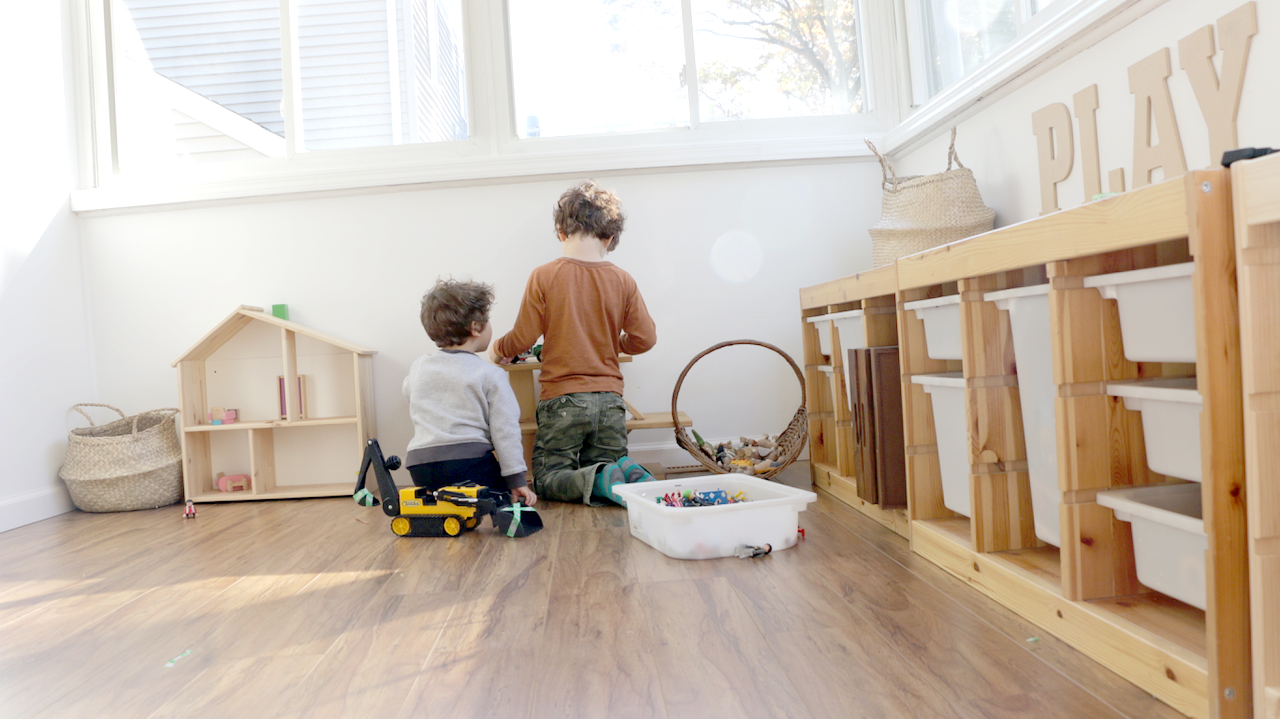

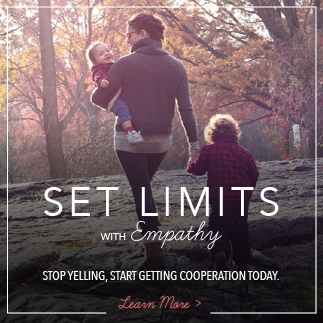
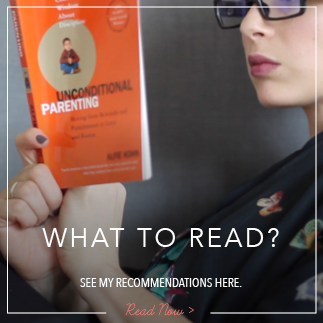
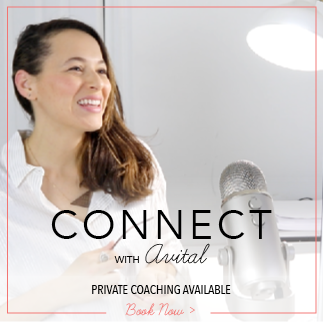


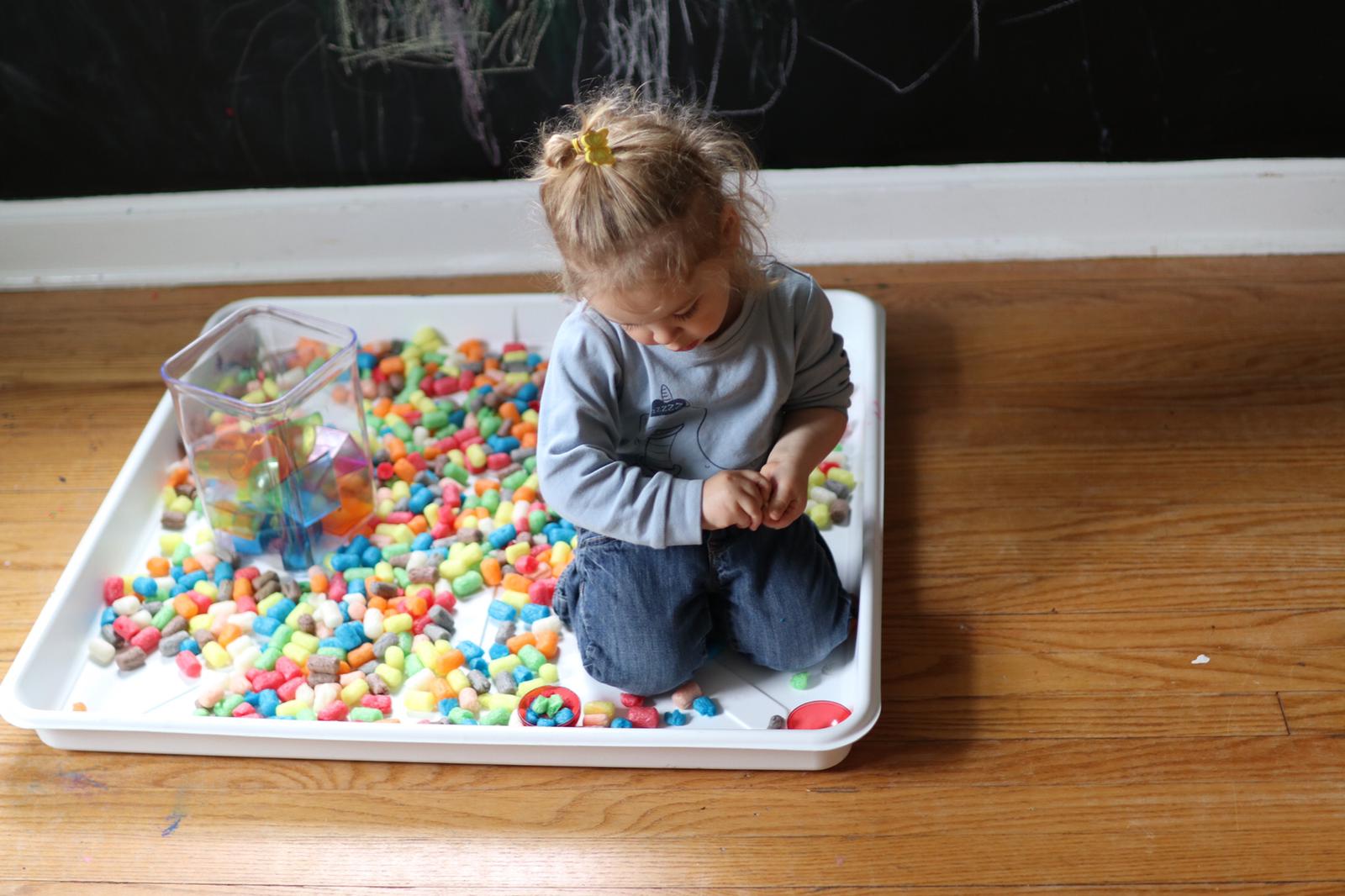
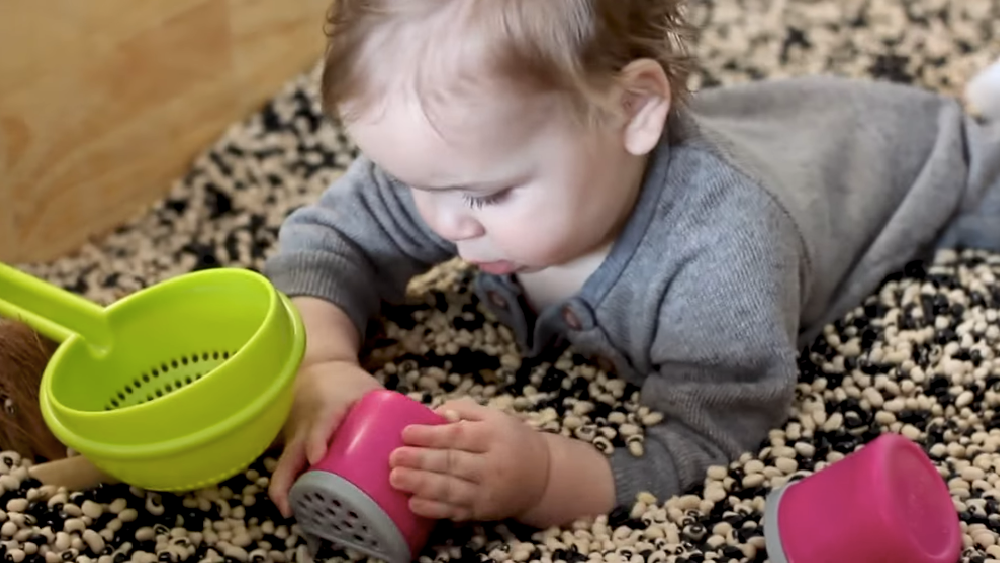
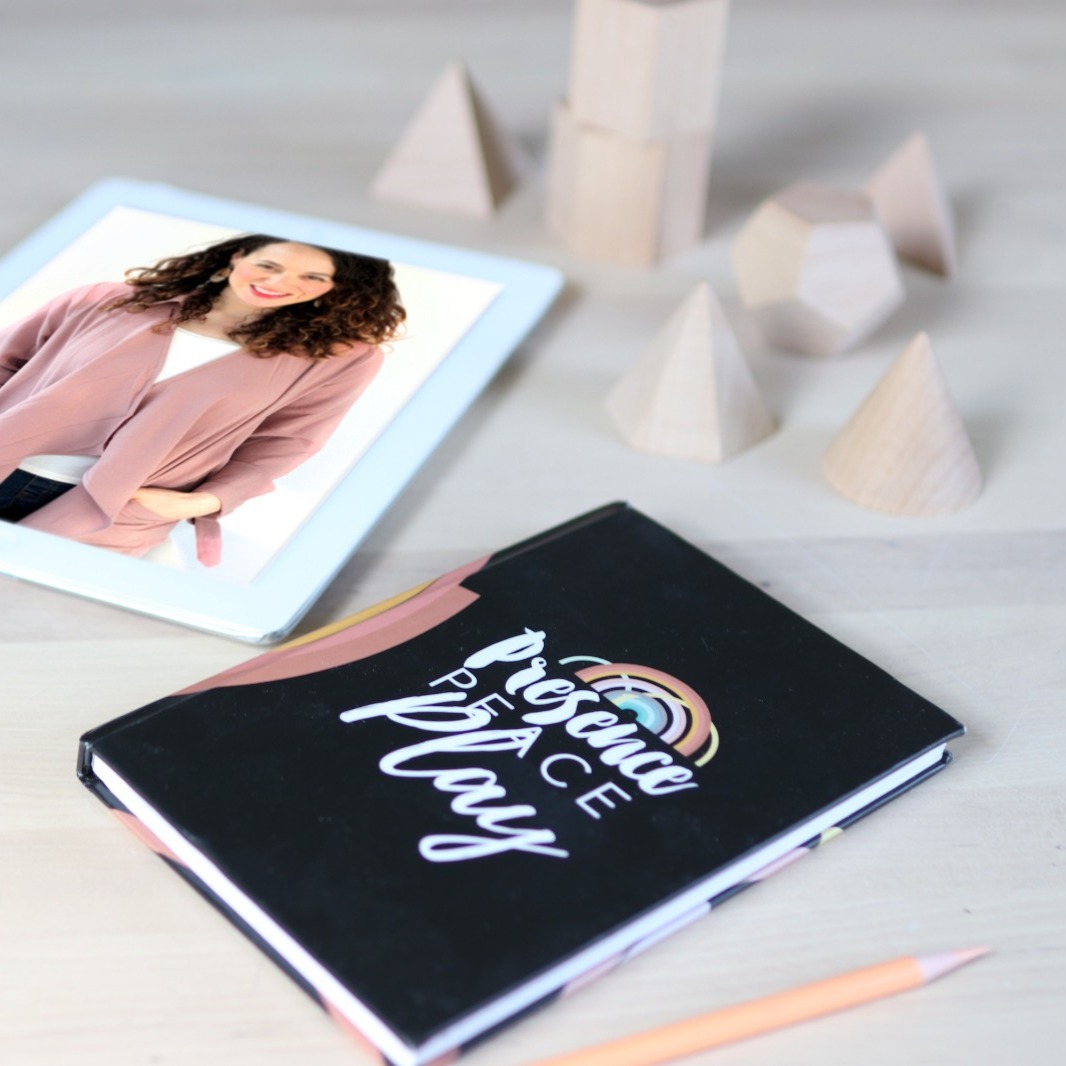
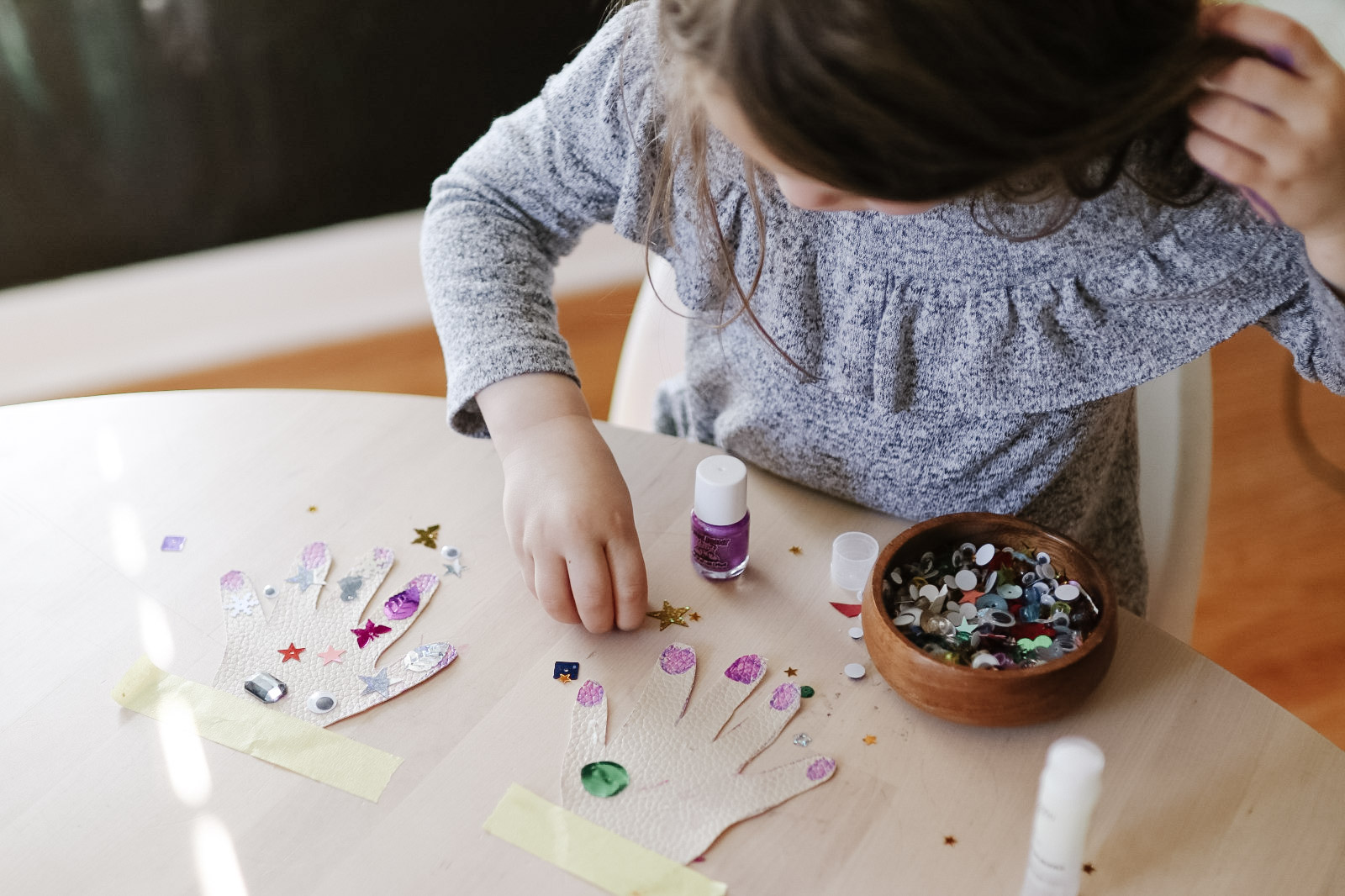
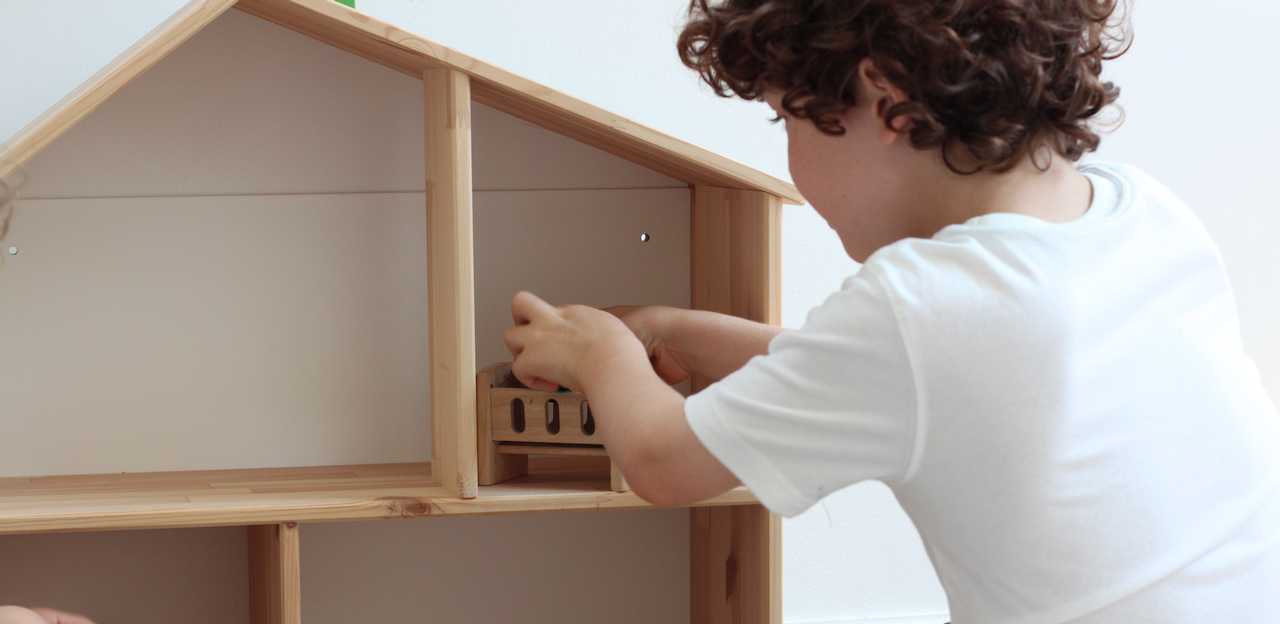

0 comments